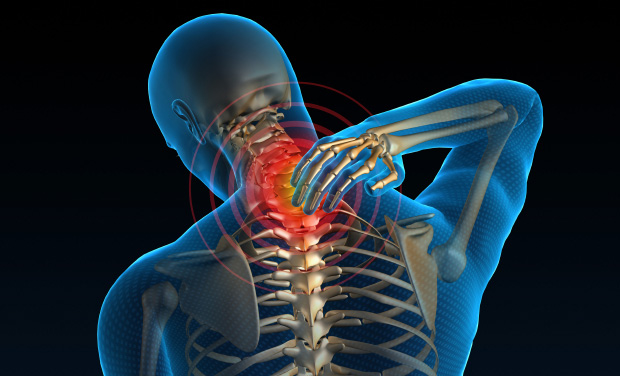Association Between Utilization of Chiropractic Services
Association Between Utilization of Chiropractic Services for Treatment of Low Back Pain and Risk of Adverse Drug Events
SOURCE: J Manipulative Physiol Ther. 2018 (May 26) [Epub]
James M. Whedon, DC, MS, Andrew W.J. Toler, MS, Justin M. Goehl, DC, MS, Louis A. Kazal, MD
Health Services Research,
Southern California University of Health Sciences,
Whittier, California.
OBJECTIVES: Mortality rates due to adverse drug events (ADEs) are escalating in the United States. Analgesics are among the drug classes most often associated with occurrence of an ADE. Utilization of nonpharmacologic chiropractic services for treatment of low back pain could lead to reduced risk of an ADE. The objective of this investigation was to evaluate the association between utilization of chiropractic services and likelihood of an ADE.
METHODS: We employed a retrospective cohort design to analyze health insurance claims data from the state of New Hampshire. After inversely weighting each participant by their propensity to be in their cohort, we employed logistic regression to compare recipients of chiropractic services to nonrecipients with regard to likelihood of occurrence of an ADE in an outpatient setting.
RESULTS: The risk of an ADE was significantly lower among recipients of chiropractic services as compared with nonrecipients. The adjusted likelihood of an ADE occurring in an outpatient setting within 12 months was 51% lower among recipients of chiropractic services as compared to nonrecipients (OR 0.49; P = .0002). The reported ADEs were nonspecific with regard to drug category in the majority of incidents that occurred in both cohorts.
There are more articles like this @ our:



